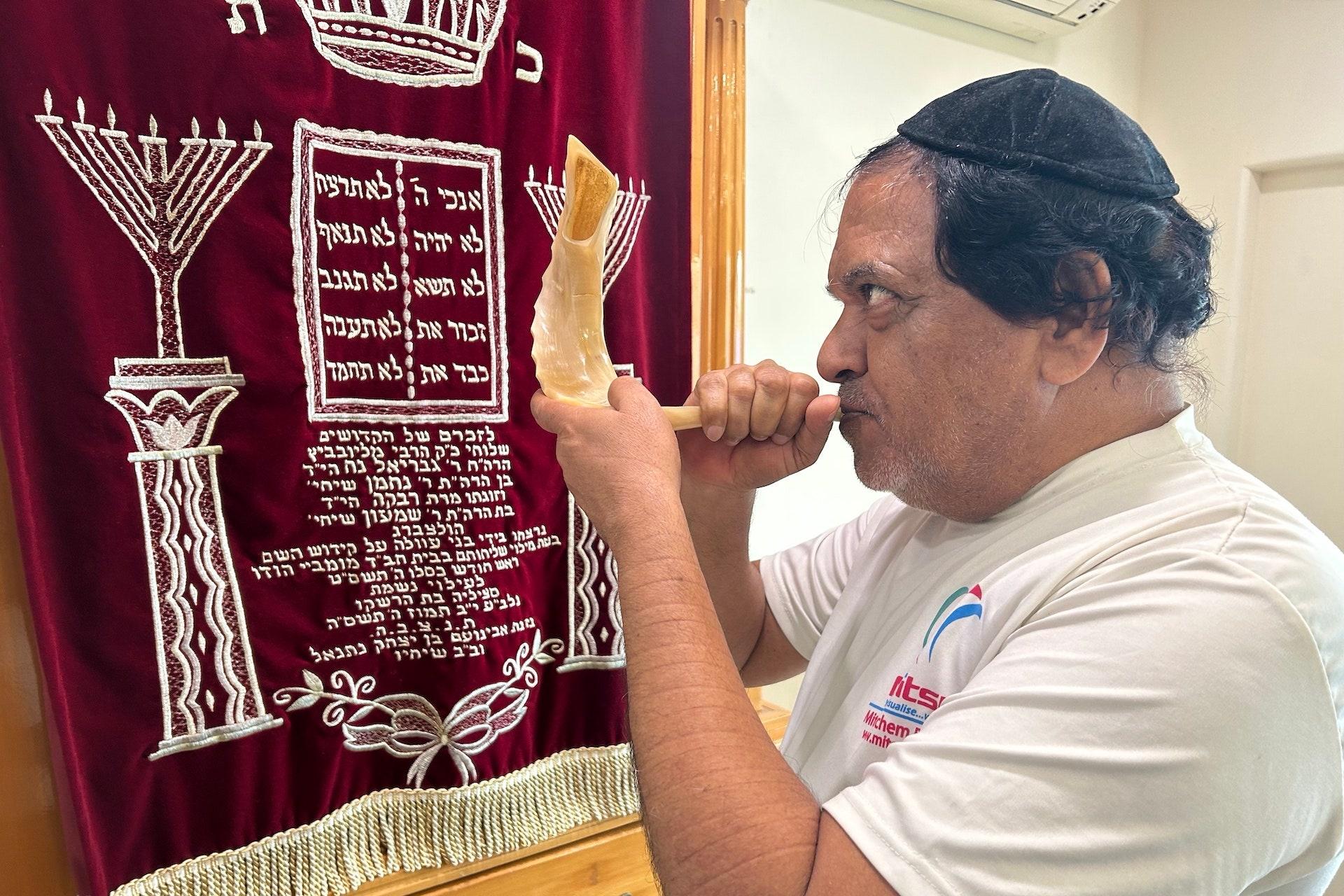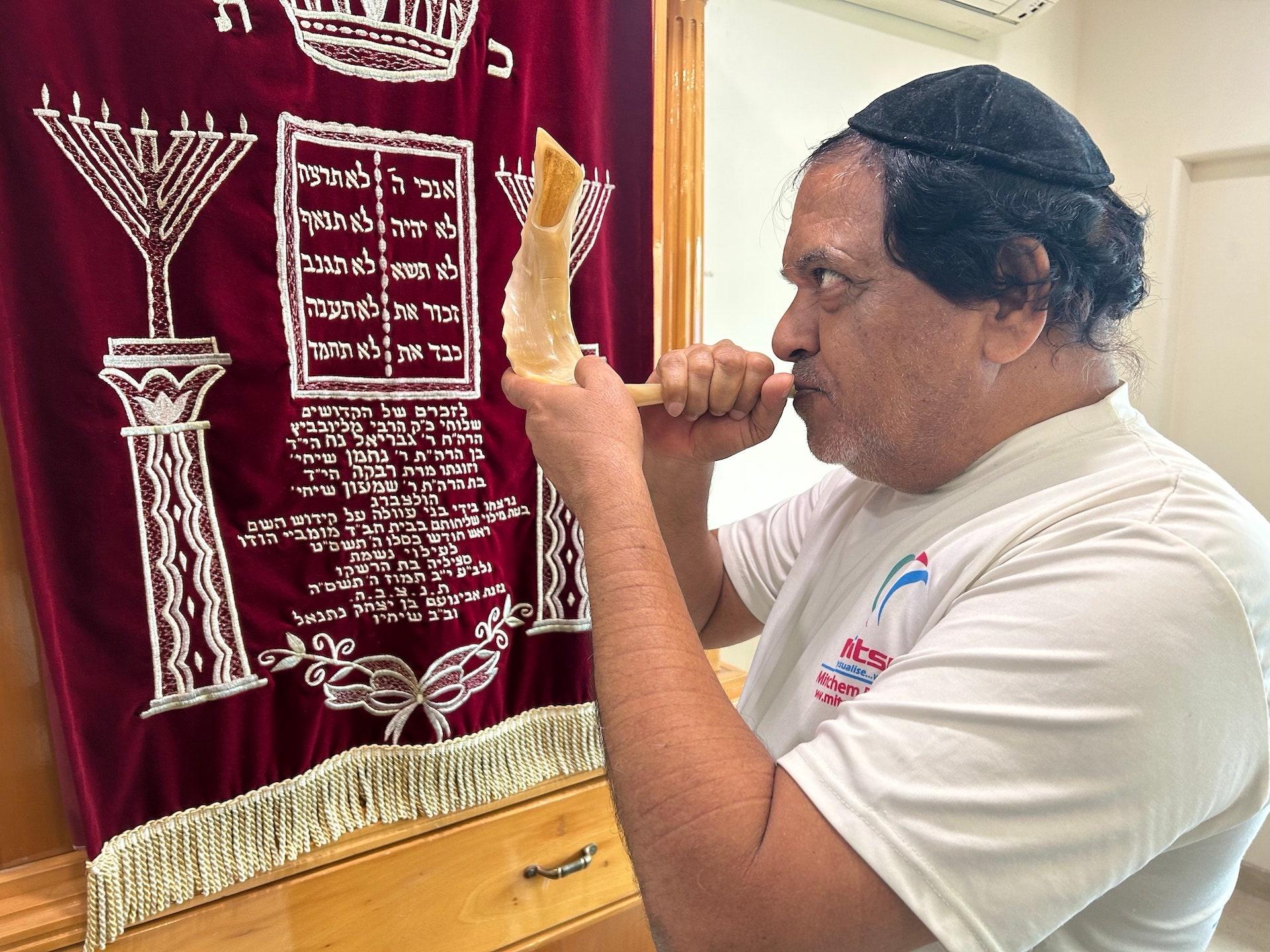Discovering the Spice and Spirit of Indian High Holiday Cooking

Every year, the Mumbai authorities cordoned off the New Ferry Wharf so that the Bene Israel Jews could perform tashlikh, watching sins of the past year float away in the Arabian Sea. This is just one of the unique traditions of the Bene Israel community, a small minority of Jews who have embraced India as their home. Throughout the generations, they have preserved their Jewish identity while incorporating Indian customs and flavors into their holiday celebrations. Especially during Rosh Hashanah and Yom Kippur, their tables are filled with delicious Indian-inspired dishes that are a fusion of Jewish and Indian traditions.
Traditional Rosh Hashanah Dishes
Fruit and Sweet Treats
On Rosh Hashanah, the Bene Israel begin their holiday meals with five kinds of fruit symbolizing abundance and blessings for the new year. This includes bananas, dates, and apples. Sweet breads, like challah or bhakhri (a homemade, whole-wheat flatbread sprinkled with sugar) are also enjoyed to ensure a sweet year. The table is adorned with gelatin-like sweets, made with agar, and pineapples, pomegranates, and other luscious fresh fruits.
Sumptuous Main Dishes
The main dishes that grace the Rosh Hashanah table are a fusion of Indian and Jewish flavors. Lamb curry, chicken with green or red masala, or tandoori-style chicken are popular options. Rice, flavored with fruits, nuts, and aromatic spices, accompanies these dishes. Crisp cucumber salads add a refreshing touch to the meal.
Delicious Desserts

For dessert, halwa—a semolina-based sweet confection—is a favorite among the Bene Israel. It is made with fine wheat, coconut milk, and sugar, and is often sprinkled with pistachios and roasted almonds. Kheer, a fragrant rice pudding flavored with cardamom and rosewater, is also enjoyed during teatime.
Yom Kippur Traditions
Yom Kippur, the day of atonement, is observed in a unique way by the Bene Israel community. Women gather to make sweet puris, known as saath padha. These pastries are made with seven layers of dough and filled with sweetened coconut or soft semolina pudding studded with raisins, pistachios, and almonds. They are deep-fried and then eaten to break the fast at the end of Yom Kippur.
Maintaining Tradition
While the Bene Israel community has seen a decline in numbers over the years, they continue to maintain their unique identity. In the United States and Israel, where many Bene Israel now reside, they have established congregations and celebrate their holidays with a fusion of Bene Israel and Ashkenazi or Sephardic traditions. The services are more participatory, and the meals that follow reflect the rich flavors of Indian-Jewish cuisine.

As the Bene Israel Diaspora story continues to unfold, the whiff of cardamom and dash of curry will always serve as a reminder of the unique spice and spirit of Indian high holiday cooking.
About the author: Jayne Cohen is the author of The Gefilte Variations. Her latest book, Jewish Holiday Cooking: A Food Lover’s Classics and Improvisations, will be published by John Wiley in spring 2008.
Article by Jayne Cohen. Originally published in JW Magazine. Republished with permission.